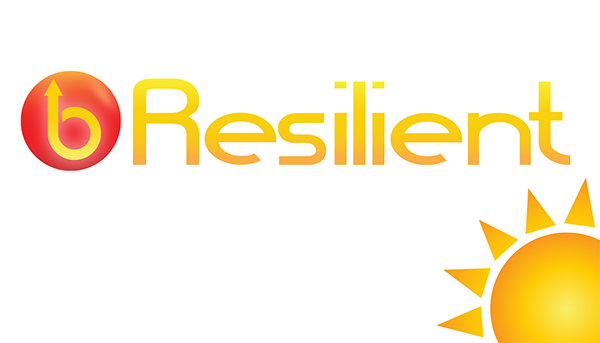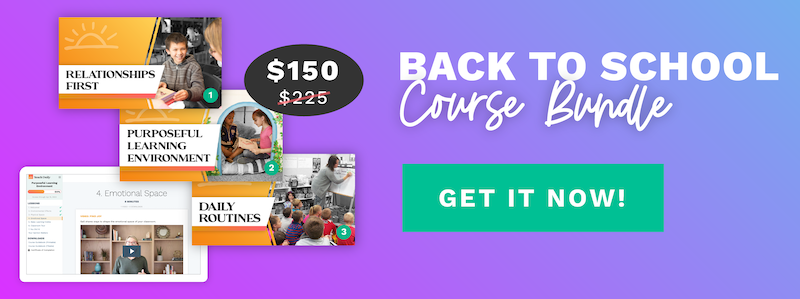
Lori Sabo
It isn’t uncommon for us to want what we are doing to work.
For example, I recently followed my sourdough bread recipe the way I always do, but it turned out a little difficult to work with and produced a flat Frisbee instead of a glorious loaf. Turns out warmer weather calls for an adjustment in water content and a decrease in proofing time if I am going to get the desired results.
Another example . . . I would love to lose weight and want eating one piece of lettuce and a single walk around the block to produce swimsuit-worthy results. Psh. You know that isn’t going to lead to success, no matter how badly I want it to work.
Stubborn insistence on wanting what I am doing to work may not lead to desired results. And therein lies my fear when it comes to a curriculum that promises its research-based content will be the end-all solution of our dreams.
My district is adopting a new reading curriculum this year. And I think, as these shiny new, expensive materials are placed in our hopeful hands, we get an insistent and urgent message from the powers that be that “If you do this, it will work.” But plowing through lessons, no matter how research based they are, isn’t any different from following a recipe and not heeding the environmental conditions that influence the outcome. Fidelity to a program is all well and good, unless the students in front of us are not experiencing benefits and success.
The truth is, and will always be, that it is up to us to get to know the students we have right now. Then by assessing, reflecting, and fine-tuning, we can adjust and provide what they need. Is it more phonics to improve accuracy? Okay. Is it more time to read self-selected books to improve reading motivation? Done. Is it developing skills to deeply comprehend text? Let’s go. This responsiveness to students is truly the only way we move beyond wanting what we are doing to work . . . to doing what actually works.
Kick Start the Year with a Solid Foundation!
The three most important things to do in the first weeks of school:
- Build relationships to develop the foundation for a well-managed classroom.
- Create an inclusive emotional and physical environment.
- Be explicit in teaching expectations.
We share best practices for all three in our Back to School course bundle. 3 for the price of 2!
News From The Daily CAFE
Shared Learning: Powering Up for Differentiated Instruction








